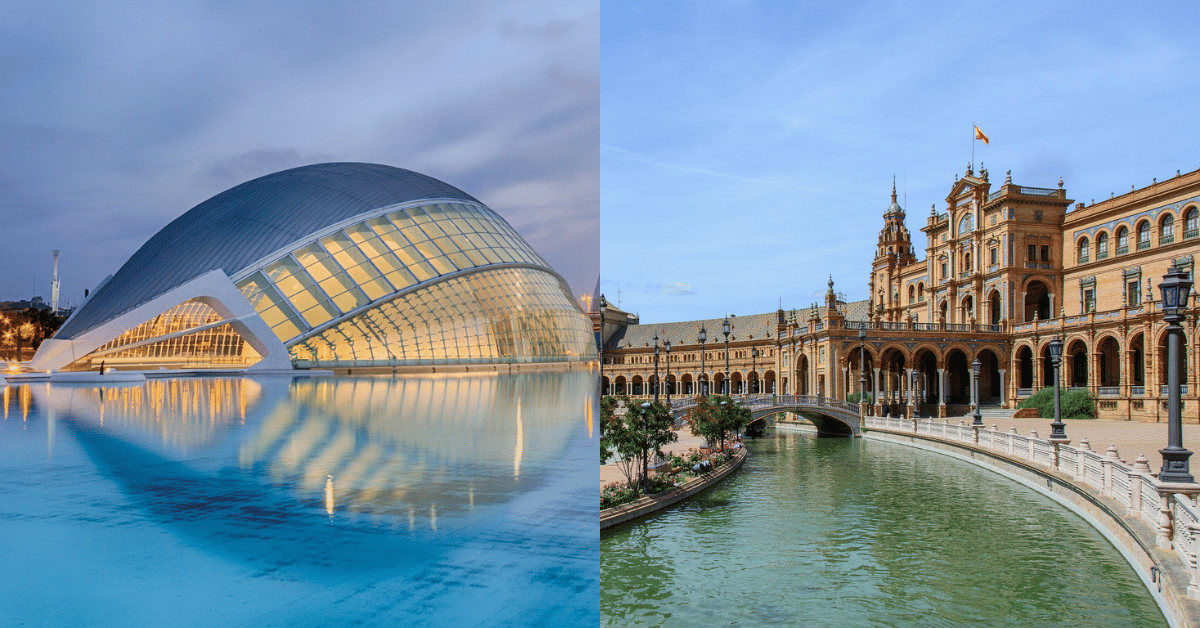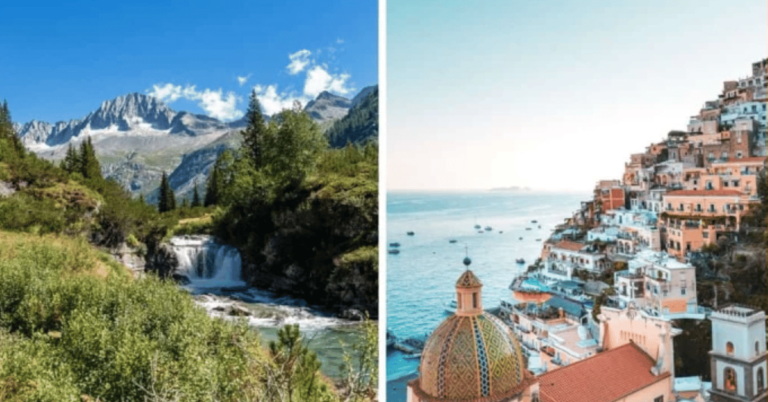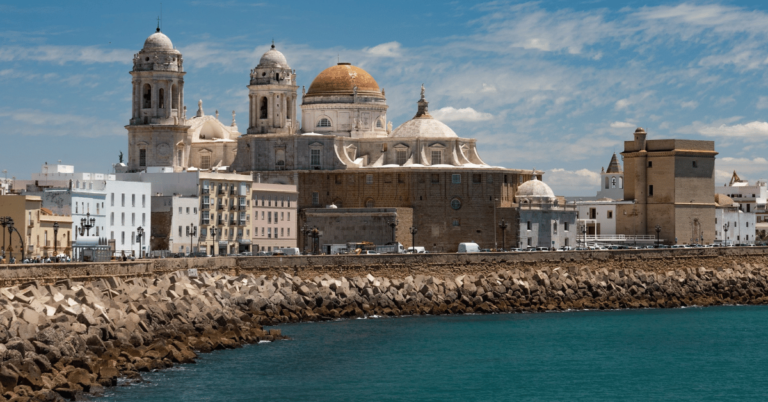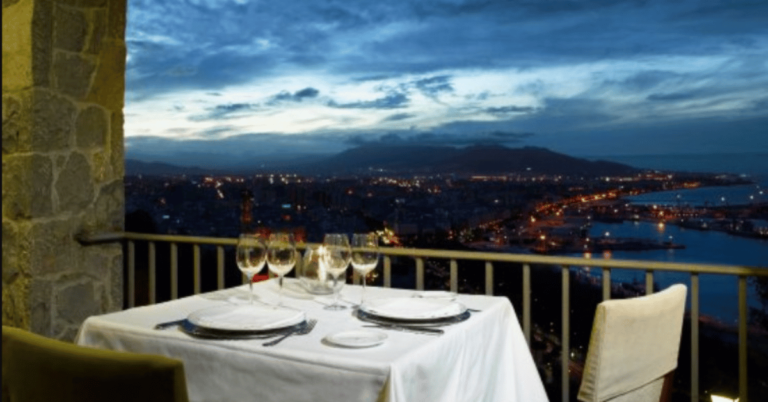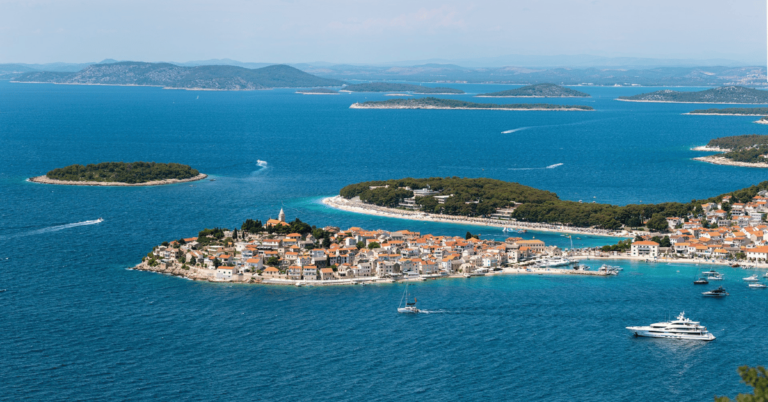Valencia vs Seville: Which City Should You Visit?
As a traveler, you’re spoilt for choice when choosing a destination in Spain. However, if you’re torn between visiting Valencia vs Seville, this article is for you. In this comprehensive guide, we’ll explore these two Spanish cities’ attractions, culture, food, entertainment, and safety. By the end of this article, you can decide which city is perfect for you.
It is the fourth most visited country in the world, and Spain is a favorite destination for millions of travelers each year. The country has abundant tourist attractions, including beaches, historical sites, art, and culture. Two of the most popular destinations in Spain are Valencia and Seville. These two cities have unique attractions and experiences that make them worth visiting. In this article, we will explore and compare and contrast the two cities to help you decide which one to visit.
History and Culture
Let’s study and find out the history and culture of Valencia Vs. Seville. Spain has a rich and diverse cultural heritage; Valencia and Seville are no exception. Both cities have a unique history influencing their art, architecture, and culture.
Valencia’s Moorish Past
Valencia is situated on the east coast of Spain and has a long history of Arab and Christian influences. The Moors ruled the city from the 8th to the 13th century, and their impact is still visible in the city’s architecture, art, and cuisine. The most significant Moorish monument in Valencia is the Almudin, used as a granary in the 14th century. Today, it’s a museum that showcases the city’s agricultural history and Islamic heritage.
Seville’s Role as a Cultural Capital
Seville is located in the south of Spain and has a long history of being a cultural capital. The Moors ruled the city from the 8th to the 13th century, and their influence is visible in the city’s art, architecture, and culture. Seville is also the birthplace of Flamenco, a traditional Spanish dance that has become a cultural symbol of Spain. The city is also home to several UNESCO World Heritage sites, including the Alcazar Palace and the Cathedral of Seville.
Architectural Differences
One of the most noticeable differences between Valencia and Seville is their architecture. Valencia’s architecture has a more modernist feel, while Seville’s architecture has a more traditional, historic feel.
Valencia’s most significant landmark is the City of Arts and Sciences, a complex of futuristic buildings that house a museum, an opera house, and a science museum. On the other hand, Seville is home to the Giralda Tower, which was once a minaret and is now the bell tower of the Cathedral of Seville.
The Art and Museums of Both Cities
Valencia and Seville are home to several art museums showcasing the country’s rich artistic heritage. Valencia’s most significant art museum is the IVAM, which showcases modern art from Spain and worldwide. Seville is home to the Museum of Fine Arts, which houses a vast collection of Spanish art from the Gothic period to the present.
Food and Drink
Spain is also known for its delicious cuisine and wine; Valencia Vs. Seville is no exception. Both cities have unique dishes and drinks you must try when visiting.
Valencia’s Paella: A World-Famous Dish
Paella is found in Valencia, one of Spain’s most famous dishes. Paella is a rice dish cooked in a wide, shallow pan and traditionally contains chicken, rabbit, or seafood. Valencia is also known for its oranges, and you can try freshly squeezed orange juice in the city
Seville’s Tapas: The Quintessential Spanish Food.
Seville is known for its tapas, which are small plates of food typically shared among friends. The city has a rich, vibrant food scene, and you’ll find several tapas, bars, and restaurants serving traditional Spanish dishes. Some of the most popular tapas in Seville include tortillas, fried fish, and croquetas.
Local Wines and Beverages
Valencia and Seville are both home to several wineries that produce high-quality wines. Valencia is known for its red wine, while Seville is known for its sweet sherry wine. You can also try Horchata in Valencia, a refreshing drink from tiger nuts, water, and sugar. In Seville, you can try the local beer, Cruzcampo.
Best Restaurants and Bars to Try
Valencia and Seville have several restaurants and bars that you must visit to experience the local cuisine and drinks. In Valencia, try Casa Roberto for a traditional paella or La Mas Bonita for a healthy brunch. In Seville, try El Rinconcillo for traditional tapas or La Azotea for modern Spanish cuisine.
Entertainment and Nightlife
Valencia Vs Seville has vibrant entertainment and nightlife; you’ll always have things to do in both cities.
Valencia’s Famous Festivals
Valencia is known for its festivals; the most famous is Las Fallas. This festival takes place in March and involves the creation and burning of large sculptures made of wood and papier-mache. Valencia is also home to the Tomatina festival, which consists of throwing tomatoes at each other.
Seville’s Flamenco Shows
Seville is known for its Flamenco shows, a must-see when visiting the city. Flamenco is a traditional Spanish dance that originated in Andalusia, and Seville is one of the best places to experience it. You can attend a Flamenco show in one of the city’s many tablao flamencos.
Nightclubs and Bars in Both Cities
Valencia and Seville have a vibrant nightlife scene; you’ll find several nightclubs and bars to party the night away. Try Mya in Valencia, a popular nightclub with a terrace overlooking the city. In Seville, try the Alfalfa neighborhood, home to several bars and pubs.
Outdoor Activities and Attractions
Valencia and Seville have several outdoor activities and attractions you must experience. In Valencia, you can visit the City of Arts and Sciences, a complex of futuristic buildings that house several museums and an opera house. In Seville, you can visit the Alcazar Palace, a UNESCO World Heritage site that was the filming location for Game of Thrones.
Shopping and Souvenirs
Valencia and Seville are home to several markets and boutiques selling traditional Spanish crafts and souvenirs.
Valencia’s Markets and Boutiques
Valencia is known for its markets, and the most famous one is Mercado Central, a covered market that sells fresh produce, meat, and fish. Valencia is also home to several boutiques that sell local crafts and souvenirs, such as ceramics and leather goods.
Seville’s Traditional Crafts and Artifacts
Seville is known for its traditional crafts and artifacts, and you’ll find several shops selling handmade ceramics, fans, and jewelry. The Triana neighborhood is the best place for traditional crafts and souvenirs.
Shopping Centers and Malls
Valencia and Seville have several shopping centers and malls where you can buy everything from high-end fashion to electronics. Try Aqua Multiespacio, a modern shopping mall with several international brands in Valencia. In Seville, try the Nervion Plaza, a shopping center with several fashion and lifestyle stores.
Local Souvenirs to Take Home
Valencia and Seville have several local souvenirs you can take home to remember your trip. Try Horchata in Valencia, a refreshing drink from tiger nuts, water, and sugar. You can also buy a ceramic dish decorated with traditional Valencian designs. In Seville, buy a fan, which is a traditional Spanish accessory that’s perfect for keeping cool in hot weather. You can also buy a bottle of sherry wine or olive oil to take home.
Accommodation and Transportation
When visiting Valencia or Seville, you must consider accommodation and transportation options.
Best Areas to Stay in Valencia
Valencia has several neighborhoods perfect for tourists, including the Old Town, Ruzafa, and the City of Arts and Sciences. The Old Town is ideal for those who want to experience Valencia’s history and culture, while Ruzafa is perfect for those who wish to experience Valencia’s trendy, bohemian side.
Choosing Between Hotels and Apartments
Valencia and Seville have several hotels and apartments you can choose from. Hotels are a good option for amenities like room service and a pool. Apartments are a good option if you want more space and privacy.
Getting Around Valencia: Public Transport
Valencia has an extensive public transport system that includes buses, trams, and a metro system. You can buy a single ticket or a Valencia Tourist Card, which gives you unlimited travel on public transport.
Best Areas to Stay in Seville
Seville has several neighborhoods perfect for tourists, including Santa Cruz, El Arenal, and Triana. Santa Cruz is perfect for those who want to experience Seville’s history and culture, while El Arenal is perfect for those who want to be close to the city’s attractions.
Choosing Between Hotels and Apartments
Seville has several hotels and apartments that you can choose from. Hotels are a good option for amenities like room service and a pool. Apartments are a good option if you want more space and privacy.
Getting Around Seville: Public Transport
Seville has an extensive public transport system, including buses, trams, and a metro system. You can buy a single ticket or a Sevilla Tourist Card, which gives you unlimited travel on public transport.
Climate and Weather
When planning your trip to Valencia or Seville, it’s essential to consider the climate and weather.
Valencia’s Mild Mediterranean Climate
Valencia has a mild Mediterranean climate, with mild winters and hot summers. The average temperature in Valencia in summer is around 30°C, while the average temperature in winter is around 10°C.
Seville’s Hot and Dry Climate
Seville has a hot and dry climate, with hot summers and mild winters. The average temperature in Seville in summer is around 35°C, while the average temperature in winter is around 15°C.
Best Time to Visit Each City
The best time to visit Valencia is from March to May or September to November when the weather is mild and fewer tourists. The perfect time to visit Seville is from March to May or from September to November when the weather is soft and there are fewer tourists.
Seasonal Events and Festivals
Valencia and Seville have several seasonal events and festivals you must experience. In Valencia, try the Fallas festival, which takes place in March and involves creating and burning large sculptures made of wood and papier-mache. Try the Feria de Abril in Seville, which takes place in April and is a week-long celebration of Flamenco, bullfighting, and Sevillian culture.
Language and Communication
Knowing some basic Spanish phrases and customs is helpful when visiting Valencia or Seville.
Spanish Language in Valencia and Seville
Spanish is the official language of Spain, and it’s spoken in both Valencia and Seville. However, Valencia has its dialect of Spanish, known as Valencian. Most Valencia and Seville people speak English, especially in tourist areas.
Common Phrases to Know
Some common Spanish phrases that you should know include “hola” (hello), “gracias” (thank you), and “adios” (goodbye). You should also know how to ask for directions, order food, and ask for help in an emergency.
Tips for Communicating with Locals
When communicating with locals, it’s important to be polite and respectful. You should also speak Spanish, even just a few basic phrases. Locals will appreciate the effort, which can help you make new friends and have experiences.
Multilingual Tourist Services
Valencia and Seville have multilingual tourist services that can help you with everything from finding your way around to booking tours and activities. The tourist services are usually located in the city center or tourist areas.
Safety and Security
Taking precautions is vital when visiting Valencia vs Seville to ensure your safety and security.
Crime Rates in Valencia and Seville
Valencia and Seville are relatively safe cities, but like any city, they have their share of petty crime. You should be aware of pickpockets, especially in crowded areas.
Safety Tips for Travelers
Some safety tips for travelers include keeping your valuables secure, avoiding walking alone at night, and being aware of your surroundings. You should also make a copy of your passport and other vital documents in a safe place.
Emergency Contacts
The emergency number in Spain is 112, connecting you to the police, ambulance, or fire department. In an emergency, you should also know your embassy or consulate’s address and phone number.
Medical Services and Insurance
Spain has a high-quality healthcare system, and Valencia and Seville have several hospitals and clinics. You should have travel insurance covering medical expenses in an emergency.
Budget and Expenses
When planning your trip to Valencia or Seville, it’s essential to consider your budget and expenses.
Cost of Living Comparison
The cost of living in Valencia and Seville is lower than in other European cities. However, prices vary depending on the time of year and the neighborhood.
Average Prices of Food, Drinks, and Activities
The average meal price in Valencia or Seville is around €15-€20 per person. The average price of a drink is around €2-€3. The average price of a museum or attraction is approximately €10-€15.
Budget Tips and Tricks
Some budget tips and tricks include using public transport, eating at local cafes and restaurants, and booking tours and activities in advance.
Best Value-for-Money Options
Valencia and Seville’s best value-for-money options include staying in apartments, eating at local markets, and visiting free attractions such as parks and plazas.
Conclusion
Valencia and Seville are two of the most popular tourist destinations in Spain. Both cities have their unique attractions and experiences that make them worth visiting. Whether you’re interested in art, culture, food, or entertainment, Valencia and Seville have something for everyone.
By considering the weather, budget, and transportation, you can choose the city right for you. So, which Spanish city should you visit? It ultimately depends on your preferences and interests. But one thing is for sure: a trip to Valencia or Seville will be a memorable experience you will remember.
FAQs
Which city is better for food, Valencia or Seville?
Valencia and Seville are known for their food but in different ways. Valencia is known for its paella and seafood dishes, while Seville is known for its tapas and sherry wine. It ultimately depends on your personal preferences.
What is the best time of year to visit Valencia and Seville?
The best time to visit Valencia and Seville is in the time of spring or fall when the weather is mild, and there are fewer tourists. However, if you’re interested in festivals, you should visit during specific times of the year, such as Las Fallas in Valencia or the Feria de Abril in Seville.
What is the best way to roam in Valencia and Seville?
Valencia and Seville have an extensive public transport system, including buses, trams, and a metro system. You can also rent a car or a bike to explore the cities.
Is it safe to travel to Valencia and Seville?
Valencia and Seville are relatively safe cities, but like any city, they have their share of petty crime. It’s vital to take precautions to ensure your safety and security.
What are some must-see attractions in Valencia and Seville?
In Valencia, some must-see attractions include the City of Arts and Sciences, the Mercado Central, and the beach of La Malvarrosa. In Seville, some must-see attractions include the Alcazar Palace, the Cathedral, and the Plaza de España.
